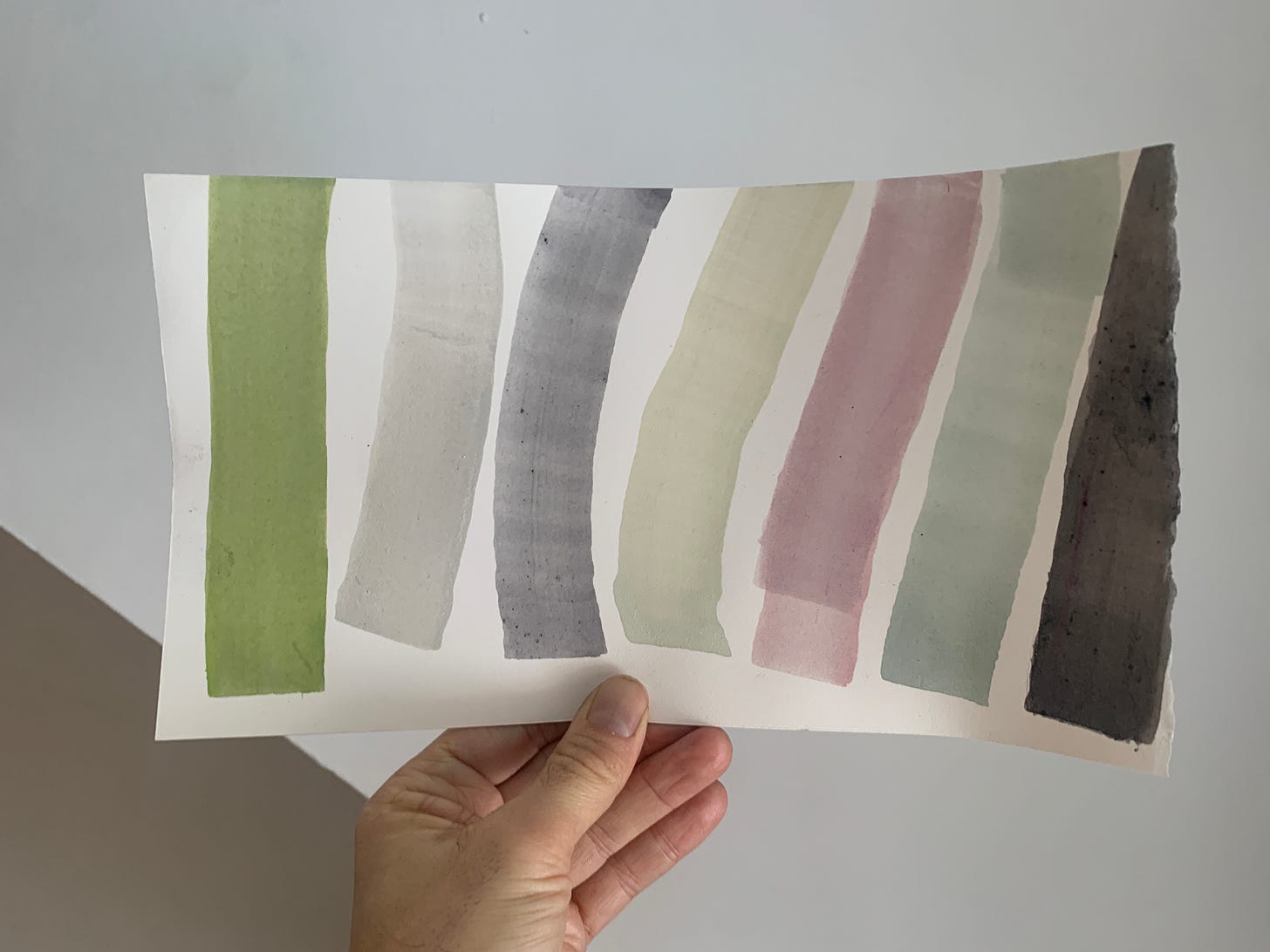“I have woven a parachute out of everything broken”
—William Stafford from The Way It Is – New and Selected Poems, Graywolf Press, 1998
Above the city, on the expressway, my car snakes its way through the condo high-rises, along the lakeside like in a dream. In the 1960s most of this shoreline was cut off from the city leaving a wasteland of crumbling concrete columns and brutalist underpasses, broken-down spaces, encampments for the unhoused, piles of construction waste, and a bare, scarred landscape that the city keeps trying and failing to make some order out of. While recognizing the wounds they hold I respect these wild, under-appreciated edges of a city and I would be happy to explore them all, but today I am searching for something in particular. I have a commission. An unmarked exit and a sharp turn onto a service road then over the train tracks past the scrap metal recycling plant to park by the salt-stained curb and finally I get a flash of that grey green water that I came here to find.
It was the avant-garde sound artist from Montreal who requested a pallet of inks that got me researching my city’s watersheds, the hidden streams and buried creeks and ancient watery windings that were here long before the steel and cement grid that holds this landscape down now. And it’s at the grid’s edges that you can get a hint of the old ways. At its edges, a city frays and becomes promising. Where the river meets the lake, is an almost unreachable place called the mouth of the Don. There is a Don in Russia and in Yorkshire too —it’s a name that comes from Sythian sources simply meaning river.
I should say the city I live in is parenthesized by two rivers and uncountable lost tributaries. In the west it was called The River Coming From the Back Burnt Grounds by the first people. The land between the rivers was ‘purchased’ in a dubious deal by British settlers who renamed it after a river from back home and got to work right away. They cut the tops off the hills and straightened the valley to fit a rushing 6 lanes of highway and covered over and piped under its hundreds of trickling creeks and then where the river would have spilled out into the Great Lake, diggers and dredgers made it elbow into a concrete channel for reasons of industry. It’s the space where river becomes channel becomes lake that interests me particularly.
Keep reading with a 7-day free trial
Subscribe to The Colour | Newsletter | Lab | Community to keep reading this post and get 7 days of free access to the full post archives.







